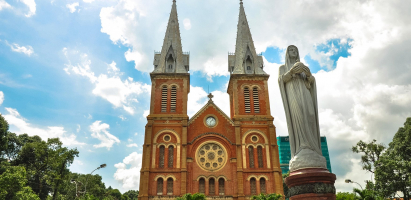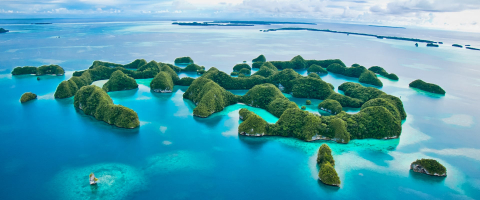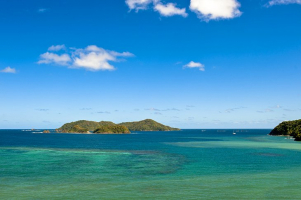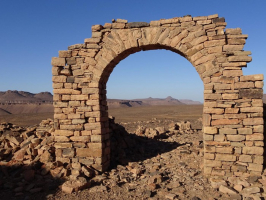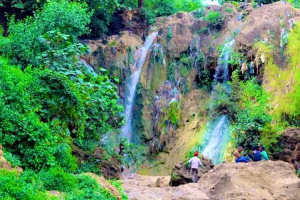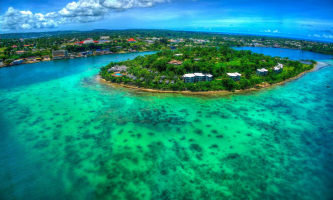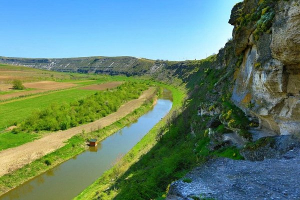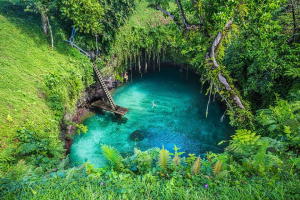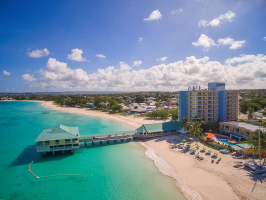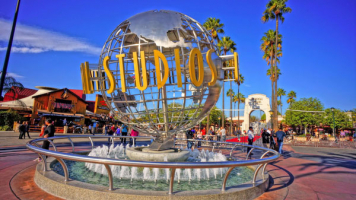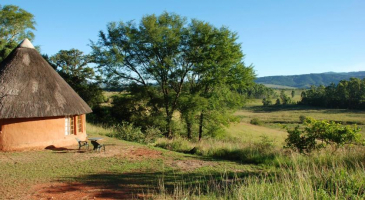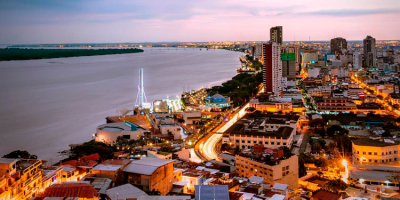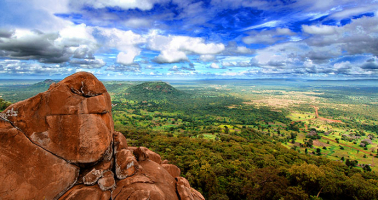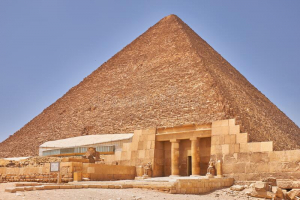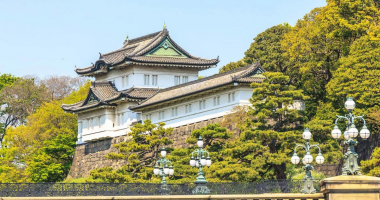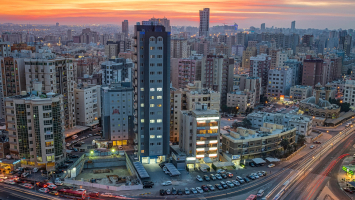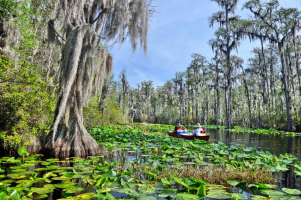Top 10 Best Tourist Attractions in Hoi An, Vietnam
Hoi An is regarded as the most charming town in Vietnam in terms of history and elegance. This city, which served as a busy main port for international trade ... read more...in the 16th and 17th centuries, is known for its grand architecture and attractive riverside setting. Continue reading to find out Best Tourist Attractions in Hoi An, Vietnam below!
-
Hoi An Ancient Town, in contrast to the vibrant Hanoi or Ho Chi Minh City, seems to stand apart from the country's busy development, maintaining its historic beauty everywhere from its roads to its architectural works.
Hoi An's ancient district has been named a UNESCO World Heritage Site. It is a melting pot of cultures, architecture, and monuments. The well-preserved historical center is made up of 1,107 timber frame structures spread across more than 30 hectares that include a variety of churches, monuments, and private homes. The pedestrian streets here are lined with rows of stunning wooden and brick houses dating from the 15th to the 18th centuries. It includes the Japanese-covered bridge as well. It feels like time travel as you stroll through Hoi An's historical streets. Chinese and Japanese influences are there, with gilded red Chinese characters on rooftops and pagoda-like buildings lining the canal.
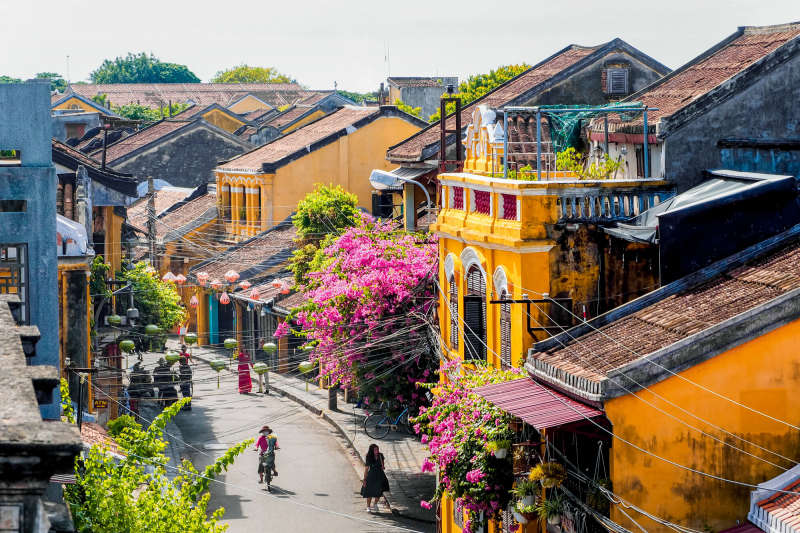
Hoi An Ancient Town 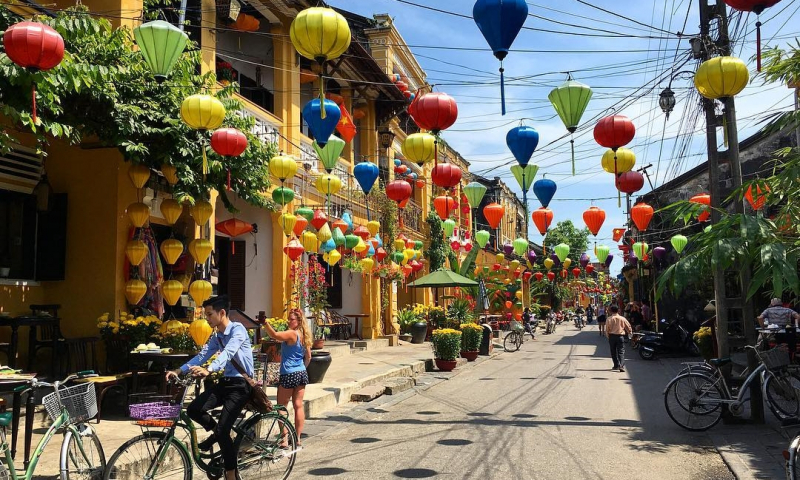
Hoi An Ancient Town -
Only a short distance from the town center is An Bang, the whitest and softest beach in Hoi An. With the Cham islands dotting the far blue waters, it provides stunning open views of the ocean. With its laid-back restaurants, late-night bars, water sport activities, and live music, this hippie-vibe beach village draws an increasing number of visitors each year. The beach also caught a lot of media attention in 2016 featuring in CNN’s list of Top 100 Best Beaches in the World.
The beach itself is peaceful and unspoiled despite the huge amount of resorts, restaurants, and entertainment around the shoreline. Many of the beachside shacks that serve some of the region's greatest seafood will rent you a sunbed if you don't feel like sitting at one of their tables. Between September and March, An Bang has ideal surfing conditions, and as a result, there are more foreign visitors during these times. Visitors may swim in the crystal-clear waters, try paddleboarding and parasailing, or both.
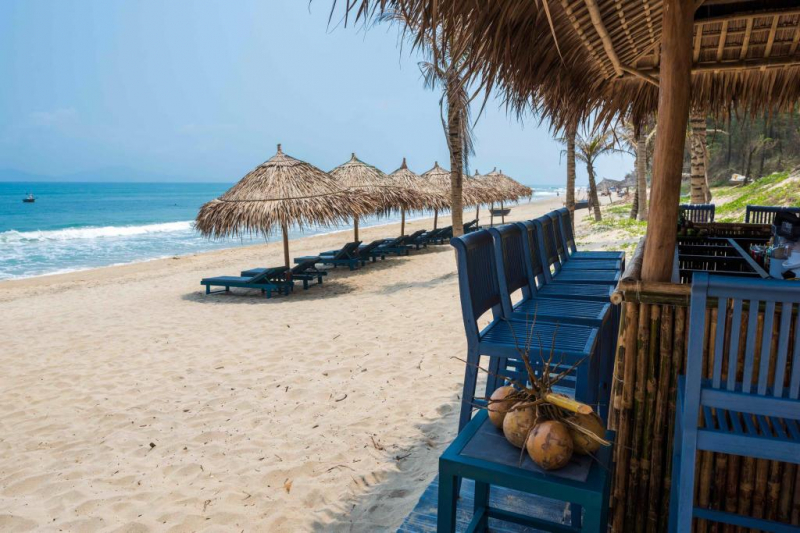
An Bang Beach 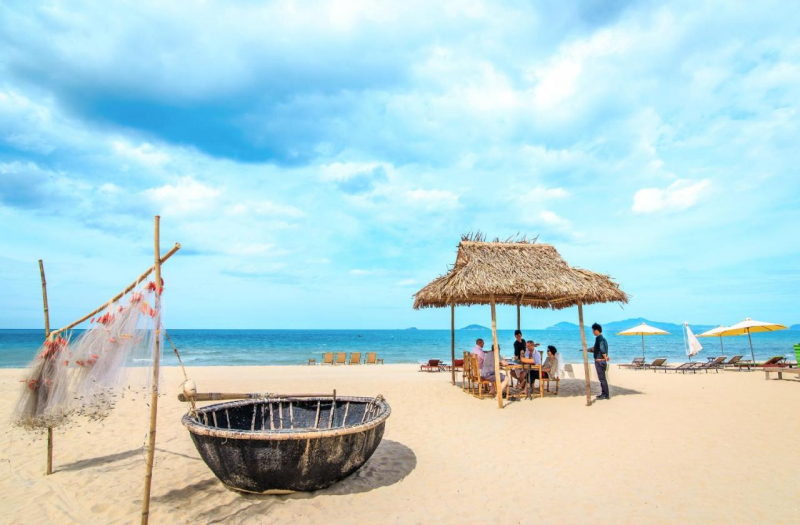
An Bang Beach -
Cua Dai Beach is nearly 3km long and up to 300m wide. Cua Dai Beach has been named one of the top 25 beaches in Asia by the well-known travel website TripAdvisor. Away from the bustling Hoi An, it truly is a haven of serenity. The beach is quite long and has plenty of space to move off for some private relaxation, which is difficult to find in modern-day Vietnam.
Cua Dai Beach has beautiful white sand, blue ocean, hillsides, and gentle waves. Although it has seen deterioration, it is still adorably suitable for leisure activities like swimming and other water sports. Cua Dai beach is long and wide, with crystal-clear water and waves that are gentle enough to float and swim in. On this beach, visitors will find a few bungalows and changing huts. There aren't many water activities available here, but tourists may hire a sun lounger, eat at a restaurant by the ocean, or buy a drink or a souvenir from one of the numerous sellers that stroll up and down the beach. The beach isn't crowded on weekdays, even during the main season (between April and August).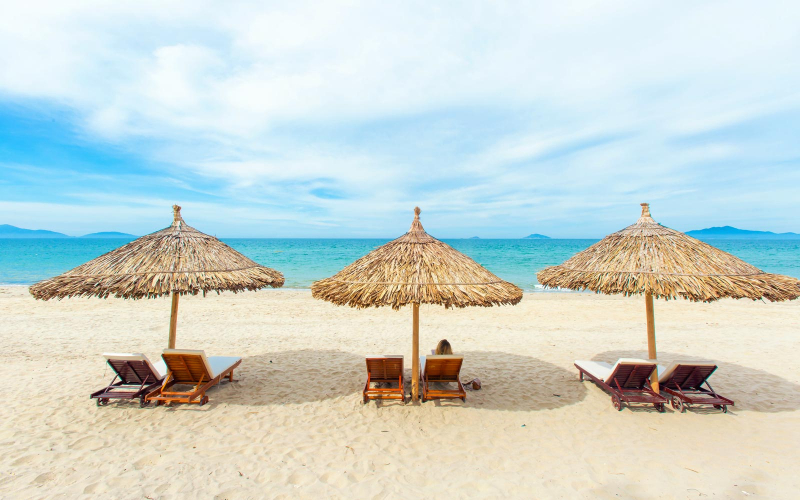
Cua Dai Beach 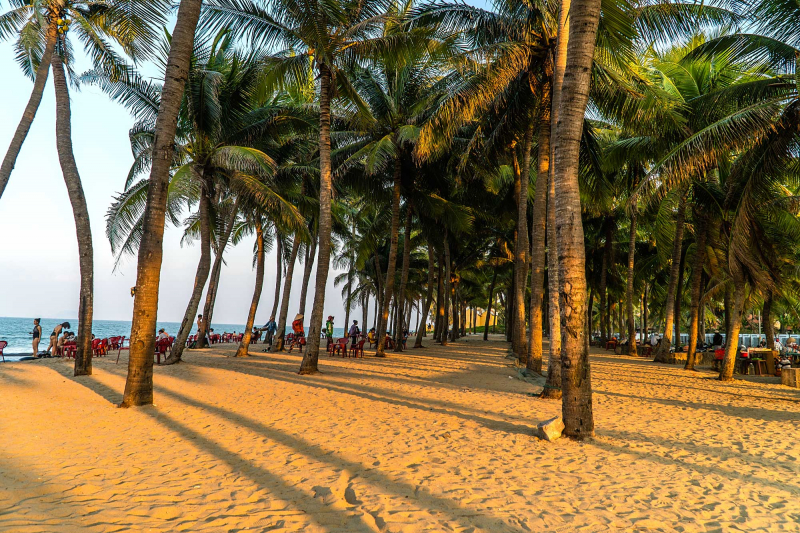
Cua Dai Beach -
Another well-known structure in Hoi An is the Phung Hung Ancient House, which is also a part of the town's cultural heritage. The house, which is more than 200 years old, is a typical commercial structure that has a special structure with high wooden logs and spacious corridors, reflecting the development and fusion of Asian architectural styles in Hoi An over the years.
The house, which was formerly a merchant house for a family that traded in spices, silk, and chinaware, is decorated with colorful hanging lanterns, dark red and brown hues, a roof in the Japanese style, vibrant wall hangings, and Chinese inscriptions. The house itself is somewhat of an architectural wonder. The 80 columns that hold the structure are placed on a unique lotus-shaped base that protects them against termites and moisture. The shop that originally occupied the first floor of the house has since moved, but you can still see traces of it here and there, such as the handicrafts on the tables and windows, the altar honoring the owner's ancestors, and the Yin/Yang tiles harmonizing the house.
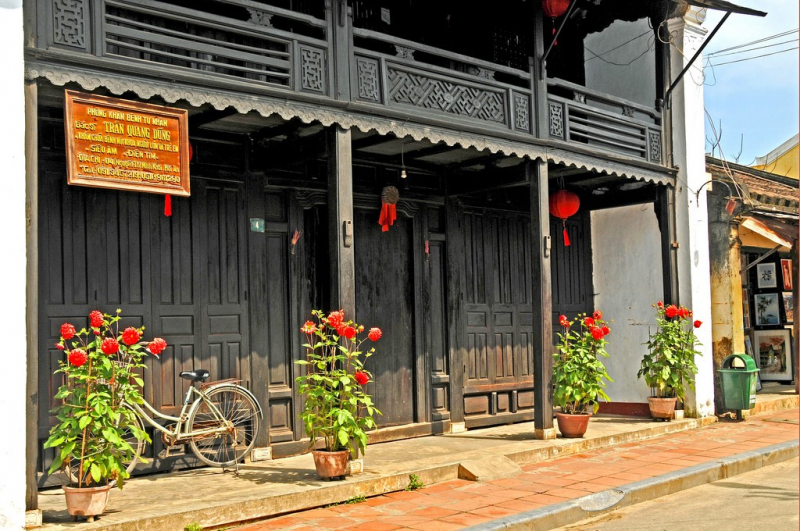
Phung Hung Ancient House 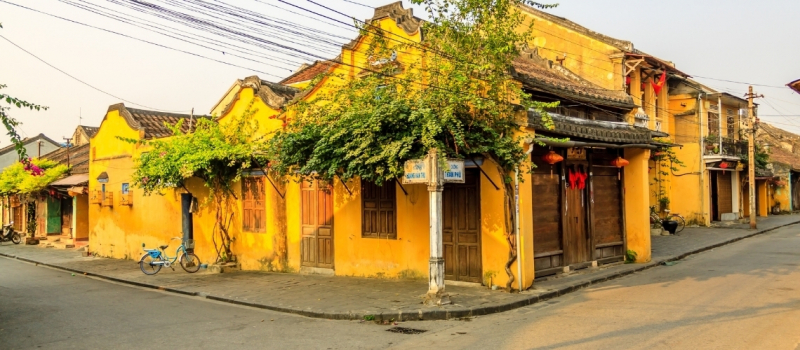
Phung Hung Ancient House -
The Fukien Assembly Hall, one of the five renowned Assembly Halls in Hoi An, was built around 1690 as a gathering place and place of worship for the Chinese ethnic group from Fukien, China.
Since it was initially constructed in the 17th century as a pagoda, this architectural complex has undergone a number of modifications and restorations. The biggest ethnic minority in Vietnam, the Fujian, eventually had it turned into an assembly hall. Chinese traditional assembly halls serve as temples and cultural centers, where festivals and events are held. The Fukian Assembly Hall is filled with ornate and colorful dragons, gardens, and gates. Mythical animals, including dragons and a phoenix, mix in with turtles, fish, and other creatures in the design around the many bells and statues that occupy the main hall. And don't forget to look for the large statue of Thien Hau Holy Mother, the goddess who protects and helps sailors and fishermen, as well as the statue of Avalokitesvara, the bodhisattva who embodies the Buddha's endless compassion.
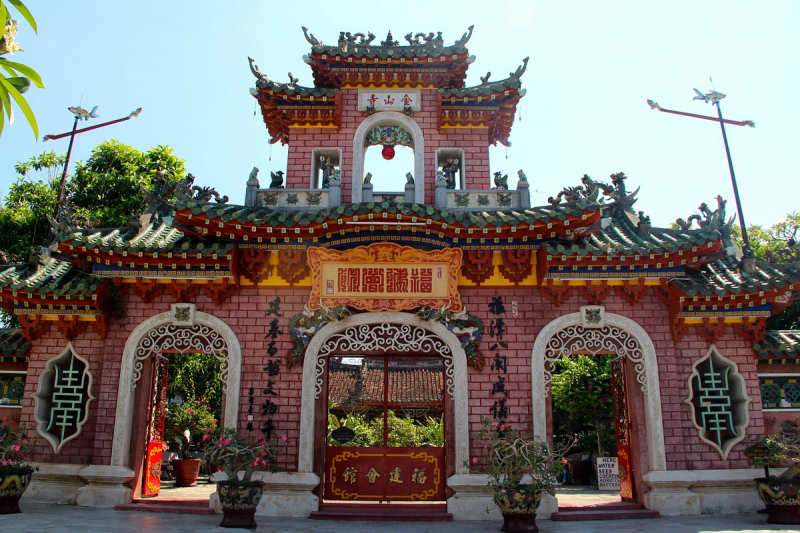
Fukian Assembly Hall 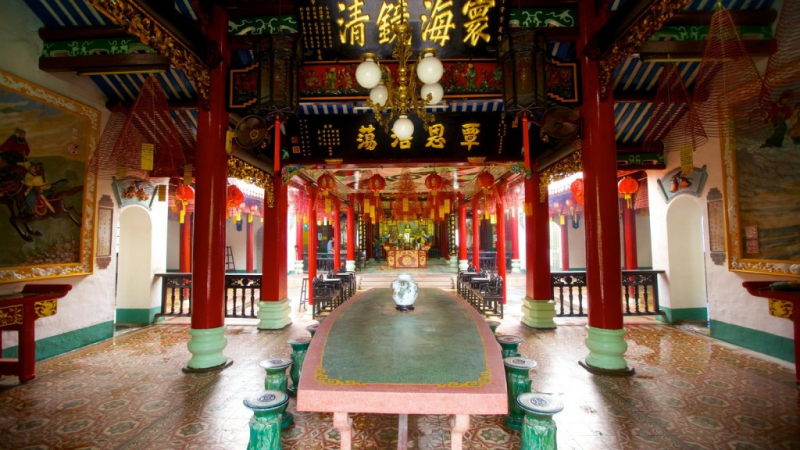
Fukian Assembly Hall -
This small landmark, also known as the Museum of History and Culture, is situated on the same grounds as the Quan Yin Pagoda. The temple, which was initially constructed in the 1600s for the Goddess of Mercy, Guan Yin, is still beautiful, even though it passed over the years.
To have a deeper knowledge of Hoi An's history and the historical and religious events that have formed the city over the period of 2,000 years, it is worthwhile to visit both the temple and the museum. The four sections of the museum's collection cover Hoi An's history as a commercial port, the Vietnam War, the city's rebirth, and modern times. Although not quite as numerous as those on display at the Museum of Trade Ceramics, ceramics are widely available here. Don't skip going to the museum's top level after exploring the collections to enjoy one of the outstanding 360º views of the old town and the fresh wind.
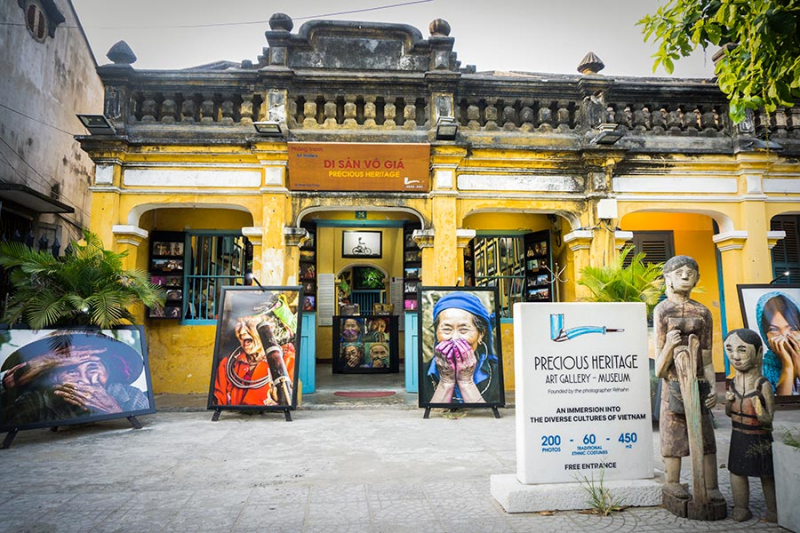
Hoi An Museum 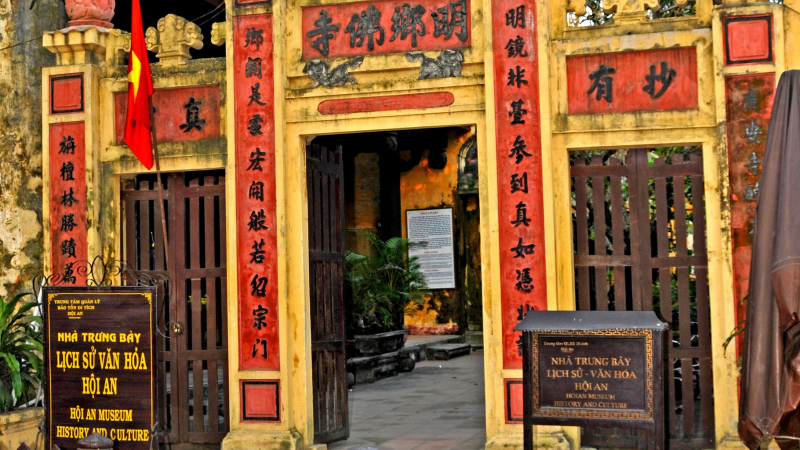
Hoi An Museum -
The beautiful Thanh Ha Pottery Village won't let you down whether you just want to buy some pottery or are prepared to get your hands dirty and learn how to shape some pottery yourself. The village was founded in the fifteenth century to provide decorative pottery to the Imperial City of Hue.
The whole village has 23 households producing pottery with over 100 employees. Over five centuries, Thanh Ha Pottery Village has continued to use the classic methods of hand and foot pedal shaping pottery without the use of molds. This process gives the pottery goods from this village a distinctive feature. Every year, they make about 400,000 products that are mainly used for decoration and display purposes. The village has developed a number of techniques over the years that allow craftsmen to make something by hand in a stunning rainbow of pinks, greens, and black, from bowls and pots to bricks and tiles. Ceramics from Hoi An are now available all over the world.
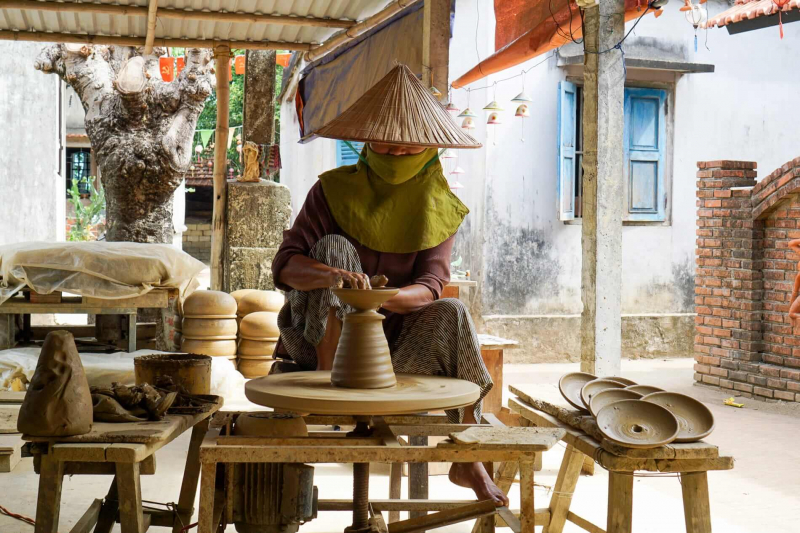
Thanh Ha Pottery Village 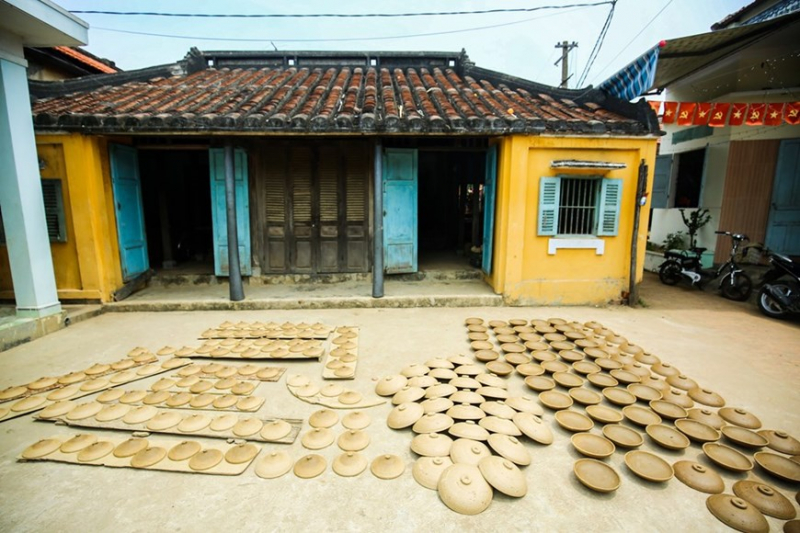
Thanh Ha Pottery Village -
A serene agricultural village, the Tra Que vegetable village is surrounded by beautiful greenery, which contrasts with the congested streets and continuous horn honking just around the corner. In addition to organic veggies farm, Tra Que also cultivates culinary and medicinal plants that have long been a staple of Vietnamese culture.
The village offers programs that teach visitors traditional techniques on hoeing soil, planting, and harvesting vegetables and herbs, these programs are hands-on, and you can get your hands and feet dirty while sipping a glass of homegrown mint tea. In addition to growing and selling to local restaurants and residents, the village also grows and sells to visitors. In addition, Tra Que offers a unique therapeutic massage made from boiling Vietnamese herbs, which is an age-old remedy for aches and pains related to the bones and joints and the ideal way to unwind after a hard day of walking. Although there are tours available to go to Tra Que, the best choice is to hire a bicycle and make your own way through country roads surrounded by rice paddies.
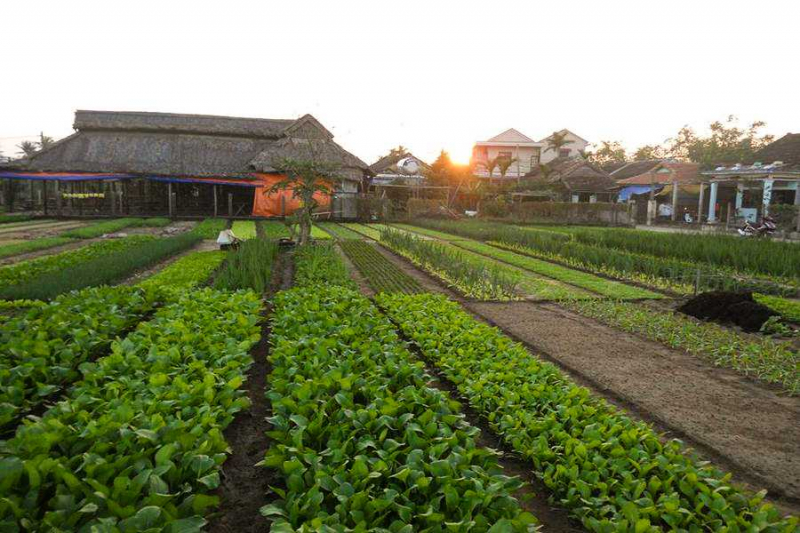
Tra Que Vegetable Village 
Tra Que Vegetable Village -
The Japanese Bridge is one of the most iconic landmarks in Hoi An and is frequently used as the city's emblem. This stunning bridge was initially built in the 1590s by the Japanese community to link it with the Chinese quarters. This 18-meter-long bridge has been in existence for four centuries.
This bridge, built in the 16th century, connects the Chinese commercial community on the east bank of the canal with the Japanese community on the west side. It is located at the western corner of Tran Phu Street. It has been rebuilt a few times since it was first built, but it still has its own characters as well as impressive Japanese elements. Weathered statues of a pair of dogs on one side and a pair of monkeys on the other side of this bridge's entrances serve as guardians. While getting to this bridge is free, you might have to pay a tick to visit the temple that was built on the northern side of the bridge.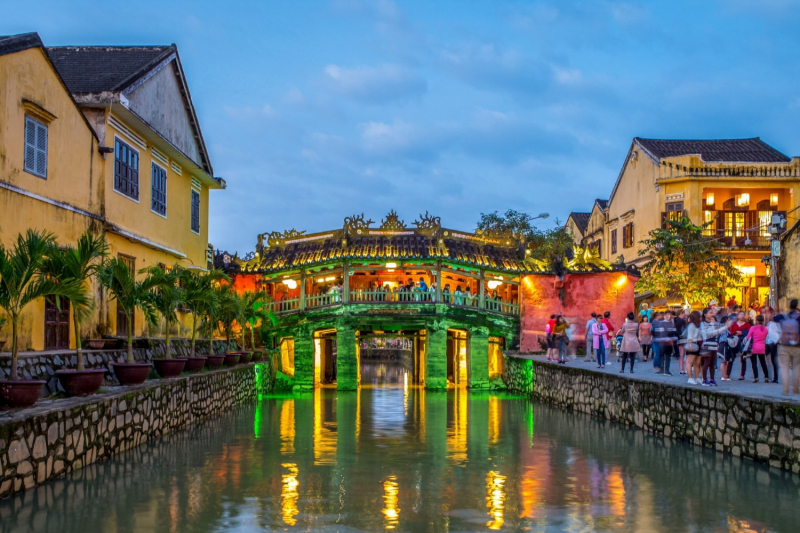
Japanese Covered Bridge 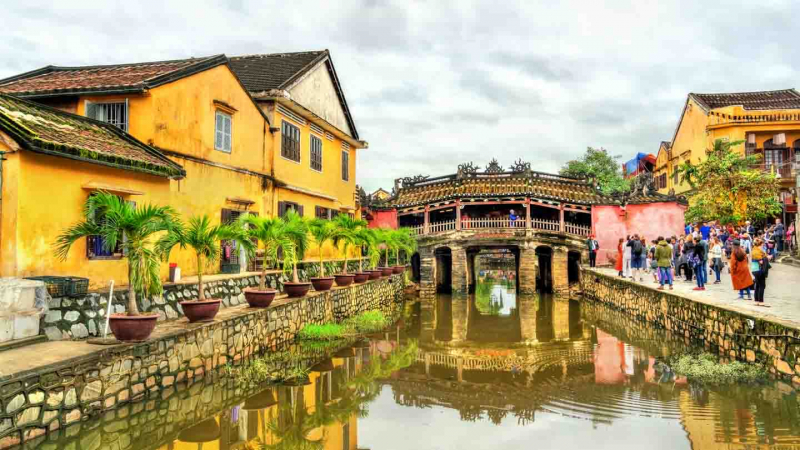
Japanese Covered Bridge -
Quan Cong Temple, also known as Ong Pagoda, was established in 1653. Quan Cong, a Chinese general who embodied loyalty and sincerity as well as integrity and justice, is honored at this small temple.
Among hundreds of other diverse architectural works in Hoi An, Quan Cong Temple attracts tourists with its unique architecture imprinted with classical Chinese features. During the Eastern Han dynasty, in the year 196, Quan Cong was born. He is recognized as a brave military leader who also served as the protector of the people, helping during times of famine and offering shelters for refugees escaping poverty in central China. Hoi An also has a ceremony honoring Quan Cong on June 24 of each year's lunar calendar. This is one of the most important festivals, a religious event that draws a large number of pilgrims, especially merchants from the city and other nearby areas who come to pray and make offerings.
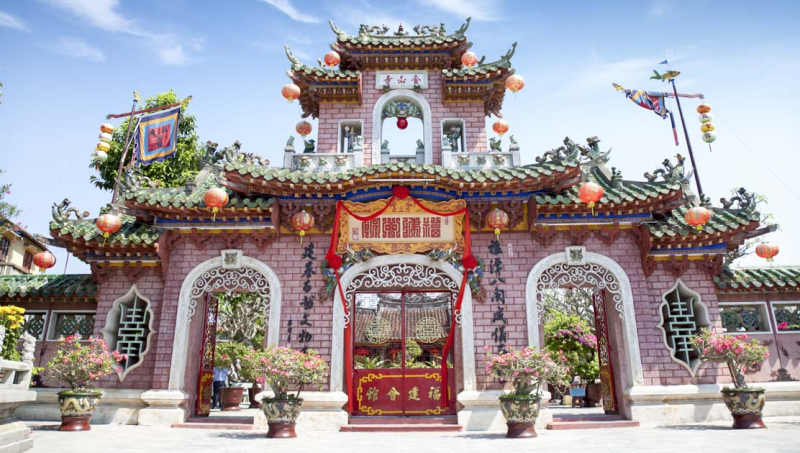
Quan Cong Temple 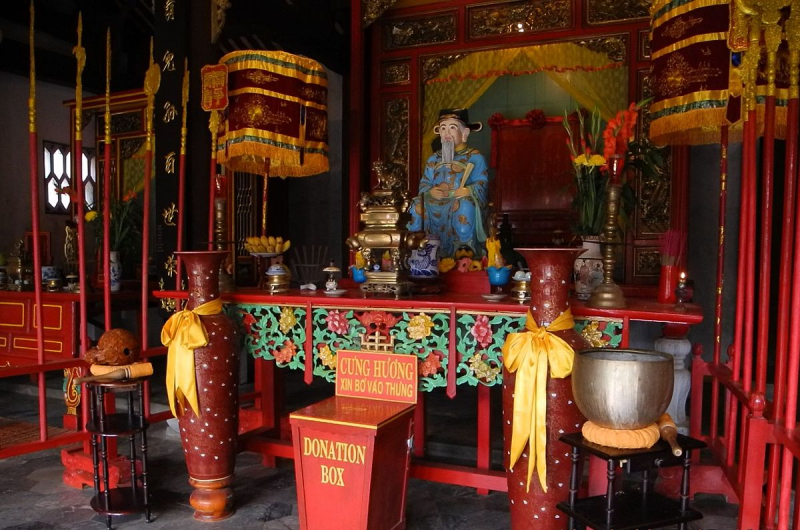
Quan Cong Temple












